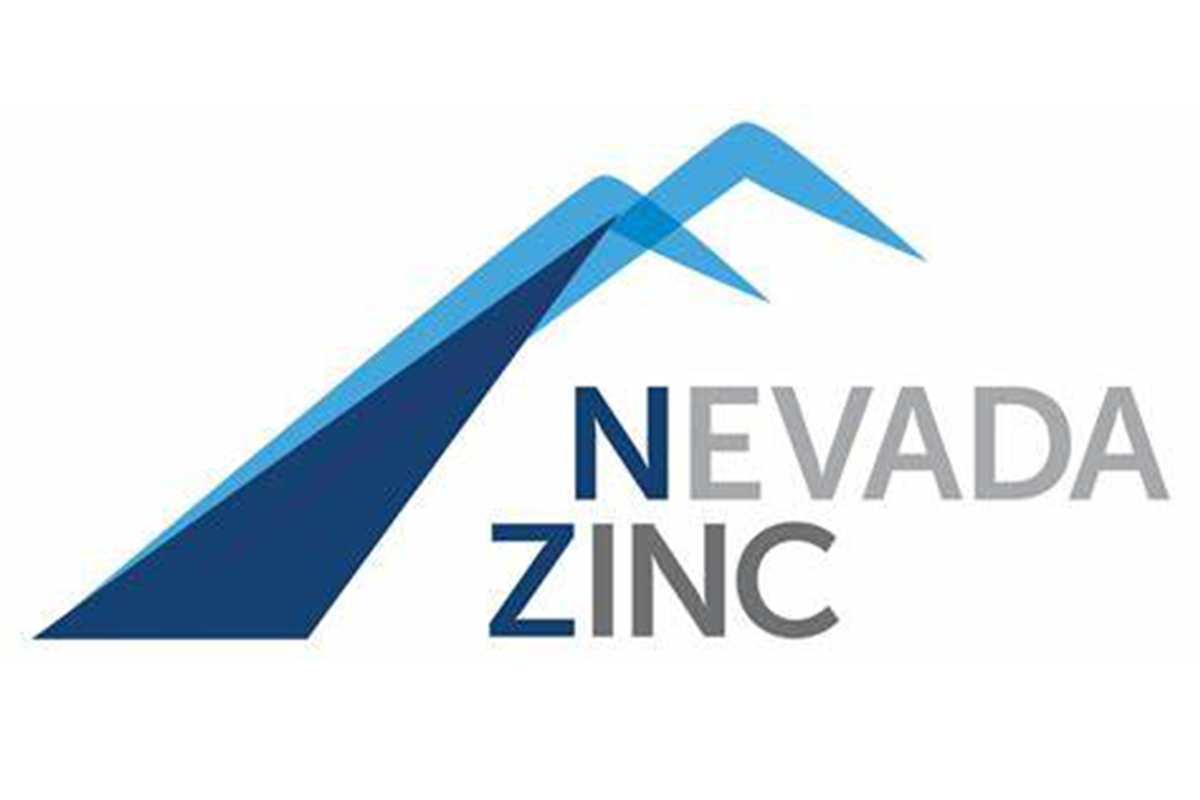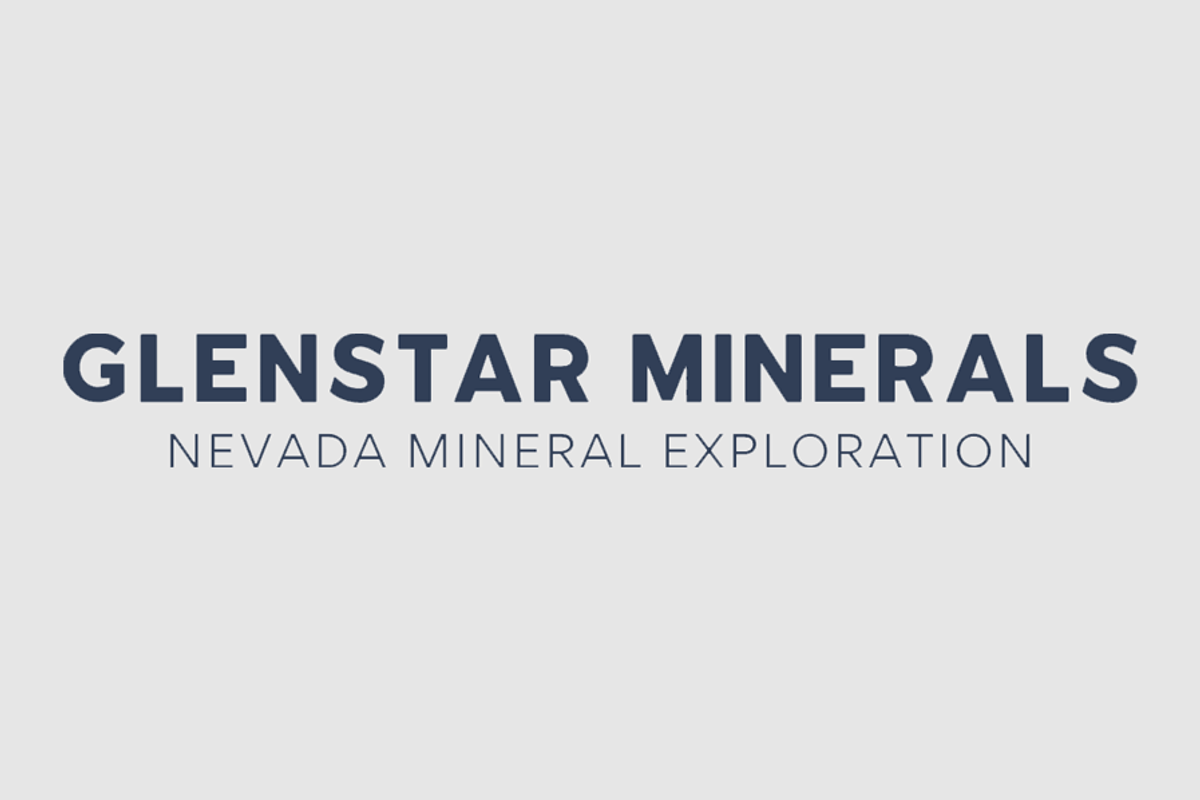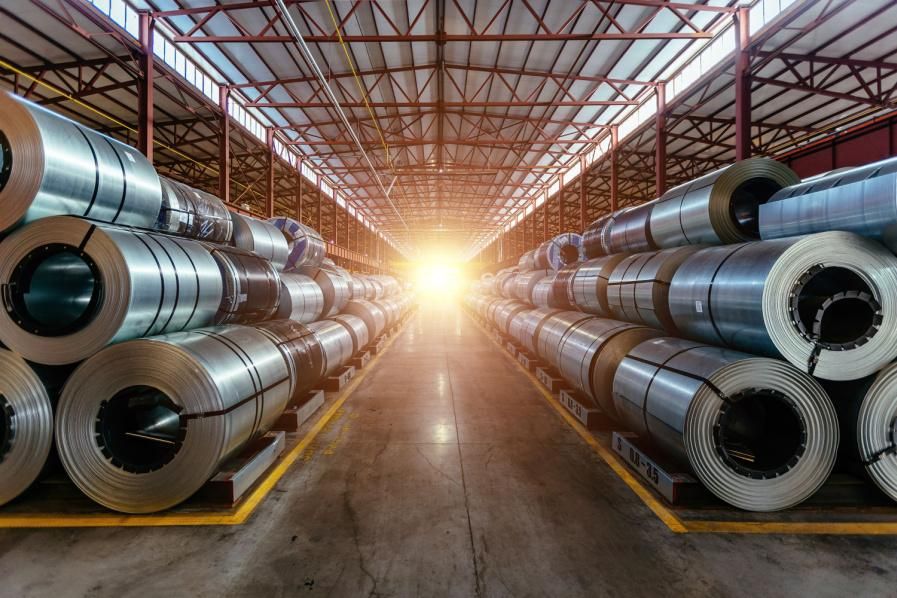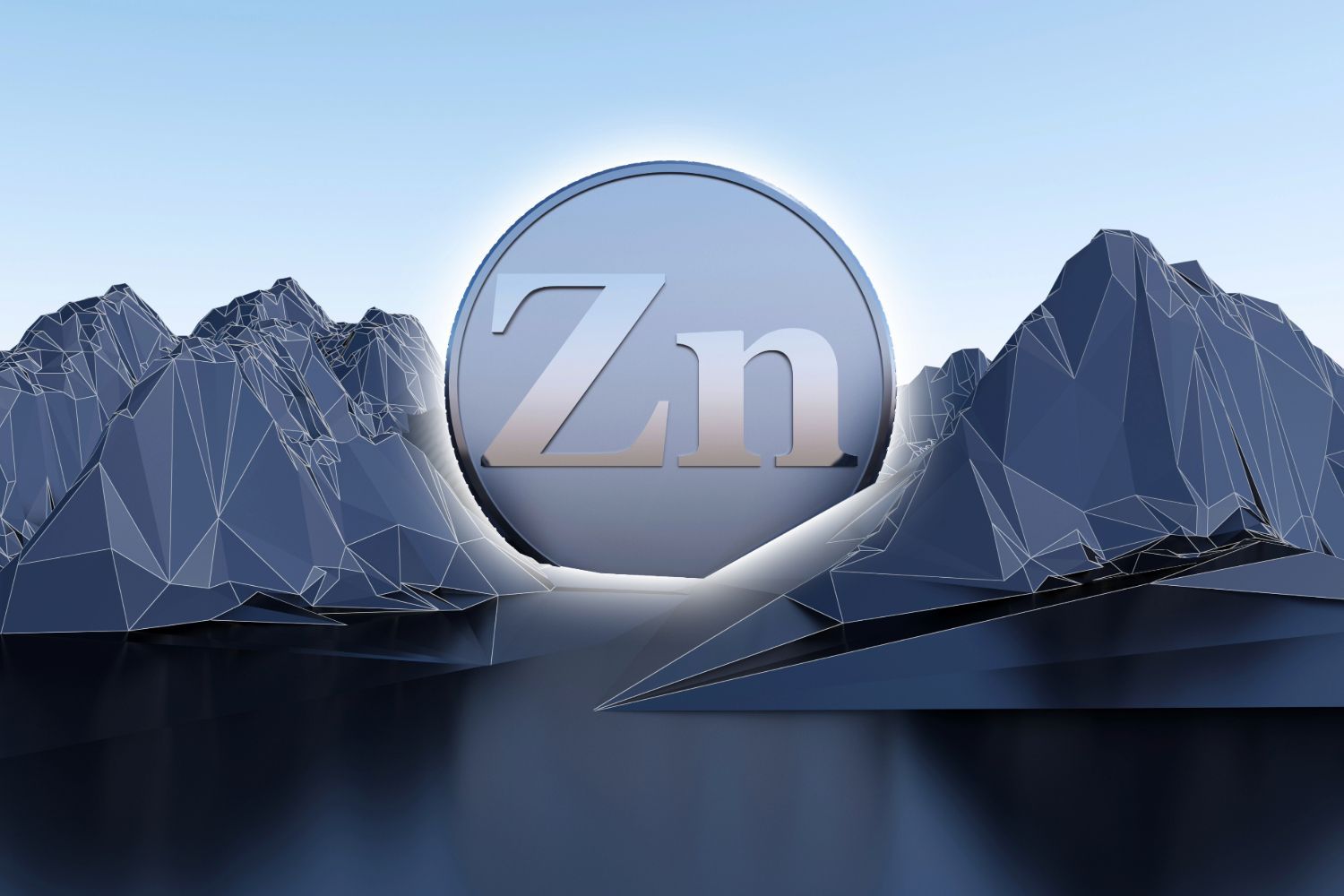
March 08, 2022
Nevada Zinc Corporation (“Nevada Zinc” or the “Company”) (TSX-V: NZN) is pleased to announce the commencement of a bulk operation to produce zinc sulfate monohydrate as part of its multiphase pilot plant program being conducted by Hazen Research, Inc. ("Hazen") for the Company's Lone Mountain zinc project.
A bulk operation, comprised of batch-type unit operations, will be conducted, and is expected to produce approximately 150 lbs. of a commercial grade zinc sulfate monohydrate product (ZnSO4·H2O) followed by the cost analysis of the process flowsheet’s capital and operating costs.
The current process flowsheet based on the previously conducted bench scale experiments utilizes gravity concentration instead of a flotation circuit and includes five key process stages:
- Ore crushing and grinding;
- Gravity concentration;
- Leaching and neutralization;
- Cementation and solvent extraction; and
- Crystallization.
Max Vichniakov, President and CEO of Nevada Zinc commented: “A bulk operation is the final phase of our multiphase pilot plant program and truly an exciting stage in the development of our project. We have eagerly anticipated this step followed by the recently completed financing. Zinc sulfate is an essential zinc and sulfate-sulfur fertilizer for growing crops and plays a vital role as animal feed. The US agricultural markets are currently experiencing a bullish momentum, and a natural, environmentally friendly, traceable, and locally produced zinc sulfate fertilizer and animal feed product could not be more timely.”
The bulk operation phase is expected to be completed in Q2/22. The Company will provide updates as material results become available.
About Nevada Zinc
The Company is focused on its wholly-owned Lone Mountain zinc project in central Nevada where it has been working since 2014 on a high-grade zinc carbonate-oxide deposit. In July 2020, the Company entered into a Collaboration Agreement with Cameron Chemicals Inc., a leading U.S. producer and distributor of granular micronutrients to the agricultural, turf, and horticultural industries with manufacturing facilities in Washington, Virginia and Michigan. Under the terms of the Collaboration Agreement, Nevada Zinc and Cameron would work together to establish a range of zinc-based micronutrient products to be produced by the Company and marketed by Cameron through its distribution networks. In March 2021, Nevada Zinc commenced a multiphase pilot plant program to produce zinc sulfate to further de-risk and advance its highly prospective Lone Mountain zinc project.
Additional information about the Company is available on the Company’s website: www.nevadazinc.com
The technical content and references related to tests and experiments conducted at Hazen in this press release have been reviewed and consented to by Hazen.
Qualified Person
Robert Johansing, M.Sc. Econ. Geol., P. Geo., who is an independent Qualified Person as defined by NI 43-101 has reviewed and approved the technical content of this press release.
For further information please contact:
Nevada Zinc Corporation
82 Richmond St. East, First Floor
Toronto, Ontario M5C 1P1
Tel: 416-409-8441 Email: info@nevadazinc.com
Max Vichniakov, President, CEO and Director
Caution Regarding Forward-Looking Statements
This news release may contain forward-looking statements including but not limited to comments regarding the timing, procedure and content of upcoming test work and pilot plant programs, geological and grade quality interpretations, receipt of regulatory and stock exchange approvals and permits, successful completion of ongoing programs, potential mineral recovery processes, potential economic outcomes, feasibility of partnerships between the Company and other entities, anticipated dates of closing or completion, etc. Forward-looking statements are statements that are not historical facts and are generally, but not always, identified by the words "expects", "does not expect", "plans", "anticipates", "does not anticipate", "believes", "intends", "estimates", "projects", "potential", "scheduled", "forecast", "budget" and similar expressions, or that events or conditions "will", "would", "may", "could", "should" or "might" occur. Forward-looking statements are based on the current opinions and expectations of management. All forward-looking information is inherently uncertain and subject to a variety of assumptions, risks and uncertainties, including the speculative nature of mineral exploration and development, fluctuating commodity and zinc chemicals prices, an inability to predict and counteract the effects of COVID-19 on the business of the Company, including but not limited to the effects of COVID-19 on the price of commodities, capital market conditions, restriction on labour and international travel and supply chains, the changing regulatory landscape in the US and abroad, the effectiveness and feasibility of technologies which have not yet been tested or proven on a commercial scale, competitive risks and the availability of financing, as described in more detail in our recent securities filings available at www.sedar.com. Actual events or results may differ materially from those projected in the forward-looking statements and the Company cautions against placing undue reliance thereon. The Company assumes no obligation to revise or update these forward-looking statements except as required by applicable law.
Neither the TSX Venture Exchange nor its Regulation Services Provider (as that term is defined in the policies of the TSX Venture Exchange) has reviewed or accepts responsibility for the adequacy or accuracy of this news release.
NZN:CA
The Conversation (0)
02 December
Electric Royalties: Several Copper Royalties Make Strides and Copper Royalty Revenues Rise
VANCOUVER, BC / ACCESS Newswire / December 2, 2025 / Electric Royalties Ltd. (TSXV:ELEC,OTC:ELECF)(OTCQB:ELECF) ("Electric Royalties" or the "Company") is pleased to provide an update on growing revenues and progress within its copper royalty portfolio.Electric Royalties CEO Brendan Yurik... Keep Reading...
24 November
Glenstar Receives Drill Permit for Phase 2 Program at Green Monster Project
Glenstar Minerals Inc. (CSE: GSTR) (OTCQB: GSTRF) (FSE: VO20) ("Glenstar" or the "Company") announces that it has granted a permit by the Bureau of Land Management (the "BLM") to conduct the Phase 2 drill program at its Green Monster Project in southwestern Nevada.The permit allows the Company... Keep Reading...
06 November
Electric Royalties Ltd. Announces Closing of $1,000,000 Private Placement
VANCOUVER, BC / ACCESS Newswire / November 6, 2025 / Electric Royalties Ltd. (TSXV:ELEC,OTC:ELECF)(OTCQB:ELECF) ("Electric Royalties" or the "Company") is pleased to announce that it has closed a non-brokered private placement financing (the "Private Placement") of common shares of the Company... Keep Reading...
13 August
Zinc Stocks: 4 Biggest Canadian Companies in 2025
The price of zinc was on the rise in 2024, but this year has been a different story. The metal's value has trended down for most of 2025 on the back of increased supply and weakening demand. Many base metals have taken hit from lagging demand in recent years due to sticky inflation and higher... Keep Reading...
01 August
Zinc Price Update: H1 2025 in Review
The zinc price declined for much of H1 as primary supply increased and construction sector demand slumped.Primarily used to make galvanized steel destined for construction and manufacturing sectors, the zinc market has come under fire in recent years as inflation and interest rates have taken... Keep Reading...
16 June
Group Eleven Announces $2.2 Million in Early Warrant and Option Exercises and Provides Update on Carrickittle West 'Pallas Green Lookalike' Target
Group Eleven Resources Corp. (TSXV: ZNG) (OTCQB: GRLVF) (FSE: 3GE) ("Group Eleven" or the "Company") is pleased to announce funding from early warrant and option exercise and provide an update on the Company's Carrickittle West prospect, spanning 77.64%-owned Stonepark Project ("Stonepark") and... Keep Reading...
Latest News
Latest Press Releases
Related News
TOP STOCKS
American Battery4.030.24
Aion Therapeutic0.10-0.01
Cybin Corp2.140.00





